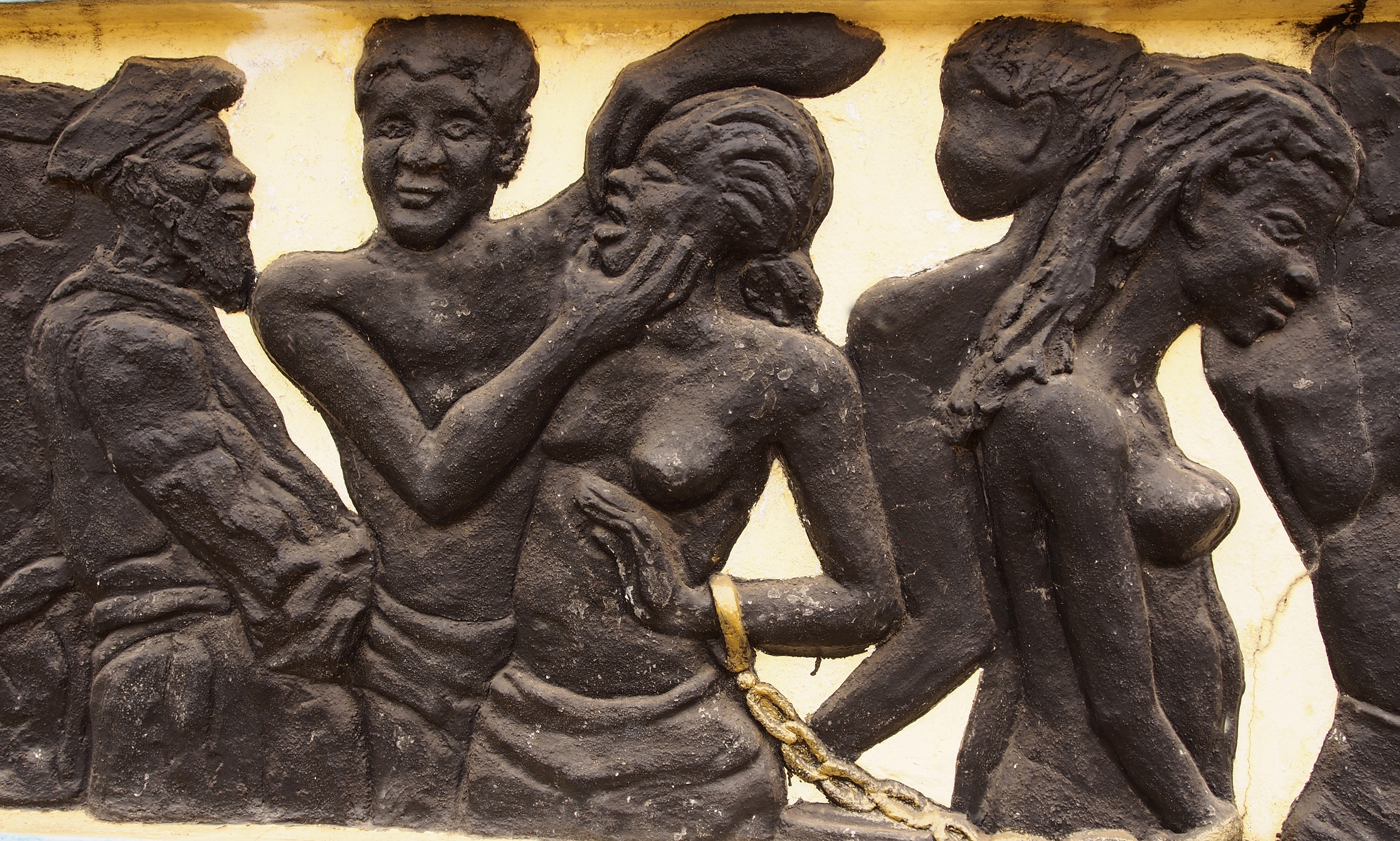THE BROOKS – Travels through the Slave Routes; and the Atlantic Slave Trade 1440 – 1838

With the killing of George Floyd in Minneapolis in May 2020, Slavery and BLM has become one of the most powerful narratives in the world; and mankind has been woken up to events, centuries ago, that had previously been air-brushed from history, especially in the UK where these had represented the unacceptable face of Britain’s imperial governance.
Hunter’s reportage utilises visual material that he gathered from travelling extensively through Benin (formerly Dahomey, the Slave Coast) and Ghana (formerly Gold Coast) from where during the18th century 2.5 million were enslaved and shipped across the Middle Passage to the Caribbean and United States.
Many relics of the slave trade still exist in these countries. And so began his research into the story of the Brooks, a 297- ton ship designed and built in Liverpool in 1781 specifically for transporting Africans across the Atlantic. The ship made ten successful voyages from Africa across the Middle Passage (the Atlantic) carrying 5163 slaves. Of these 4559 survived. During this time a young academic from Wisbech, Thomas Clarkson, while studying at Cambridge University, entered a latin essay competition with his contribution “Is it lawful to make slaves of others against their will?” He won and he then spent the rest of his life devoted to securing the freedom of these.
He rode 35,000 miles on horseback, throughout Britain and France, interviewing (and very often in danger of his life) around 20,000 sailors and crew members who had sailed on slave-ships from England, to Guinea (West Coast of Africa) and onward to the New World and then back to Bristol or Liverpool. One of these ships was the Brooks. It was licensed to carry 482 slaves but frequently exceeded this, on one voyage carrying 609, on another a staggering 740.
In Liverpool he was able to board the ship where he made a meticulously detailed sketch of how the slaves, who were considered nothing more than commodities, were stowed below deck, side-by-side like herrings in a barrel as one contemporary writer described.
The sketch went viral and was reproduced in Edinburgh and Glasgow, Paris, New York, Charleston, Newport and Providence Rhode Island.
The Act abolishing the Slave Trade was achieved in 1807, almost directly as a result of Clarkson’s drawing; and later with the parliamentary support of William Wilberforce MP, slavery was finally banned in 1838 with the Slavery Abolition Act.
In 1789, Thomas Clarkson wrote: In many parts (of Africa) the Kings and Princes were despotic . . . and whatever the nature of the government, men were considered as goods and property, and as such, subject to plunder.
Slavery is a painful subject so this highly visual ‘docu-talk’ has been prepared with the greatest reverence for those who suffered the most unspeakable acts of violence, terror and death. It utilises many contemporary descriptive first-person sources from the period, and addresses both sides of the trade, not just the parts that so many do not want to recognise today.

